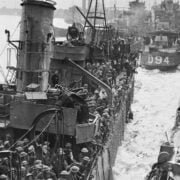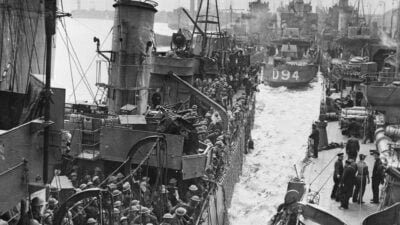The trajectory of this nation, marked by the painful South Korean War between 1950 and 1953, reveals not only the adversities faced but also the remarkable power of recovery and progress. From the early days of the division between North and South to the present day, South Korea has witnessed events that shaped not only its geography but also its identity.
Also check out: Construction and Fall of the Berlin Wall
The History of the South Korean War
The history of the Korean War is intrinsically linked to the background of the division of the Korean Peninsula in the post-World War II era. In 1945, the Japanese occupation came to an end, and the peninsula was divided along the 38th parallel, with the Soviet Union controlling the north and the United States the south. This ideological division reflected the tense geopolitical climate of the Cold War, with the North adopting communism under the leadership of Kim Il-sung, and the South, capitalism.
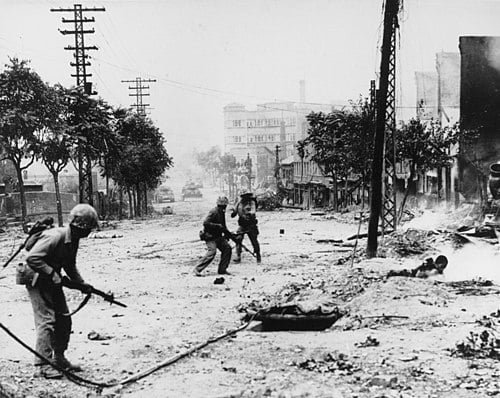

Background and Causes of the Conflict
In June 1950, tensions reached a critical point when North Korean forces invaded South Korean territory. This act of aggression triggered an immediate response from South Korea, with crucial support from UN and U.S. forces. The Battle of Pusan, one of the early significant confrontations, was a milestone highlighting South Korea’s determination to resist the invasion.
The Strategic Turning Point: Battle of Inchon
A crucial strategic turning point occurred with the bold Battle of Inchon, led by General Douglas MacArthur in September 1950. The successful landing of UN forces in Inchon allowed the recapture of Seoul and reversed the initially favorable momentum for the North Koreans. This strategic event had lasting implications for the course of the war.
The dynamics of the war changed significantly with the intervention of communist China in October 1950. The entry of Chinese forces into the war altered the balance of power, leading to intense and protracted conflicts along the borders. The scenario evolved into a trench warfare, full of constant skirmishes and bloody battles, reflecting a deadlock that would persist until the end of the conflict.
The conflict finally reached a stalemate in July 1953 when the involved parties agreed to an armistice in Panmunjom. Despite ending hostilities, a formal peace treaty was not signed, leaving the Korean Peninsula divided to this day. This episode had significant repercussions on global geopolitics, shaping the context of the Cold War and laying the foundation for the region’s future development.
Background and Causes of the South Korean War
After the end of World War II in 1945, the Peninsula found itself at a historical crossroads. The decades-long Japanese occupation was coming to an end, and the need to establish a new order in the region led to the division of the territory. The 38th parallel became the dividing line, with the Soviets administering the north and the Americans the south. This division reflected the tensions of the Cold War, with two opposing ideologies – communism in the north and capitalism in the south – emerging as fundamental pillars for the formation of the two Koreas.
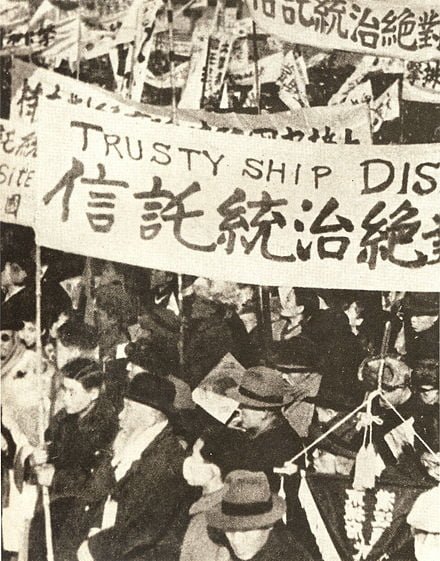

Post-World War II Context on the Korean Peninsula
In the north, a communist regime with close ties to the Soviet Union was consolidating. Kim Il-sung’s rise to power and the adoption of communism as the dominant ideology laid the groundwork for the future confrontation with the south. Anti-imperialist rhetoric and the pursuit of reunification under a single communist banner became key elements in the North Korean agenda.
The Emergence of South Korea and the Capitalist Paradigm
Meanwhile, in the south, the Republic of South Korea sought to establish a separate identity and adopted capitalist principles. Under President Syngman Rhee’s leadership, the south sought to distance itself from the North Korean model and establish itself as an independent and democratic nation. This quest for autonomy was shaped by global tensions between the Cold War superpowers, with the United States emerging as a crucial ally for the South.
The division of the Peninsula into two independent states created fertile ground for growing tensions. The drawn borders became ideological lines, with both sides aiming for reunification under their respective banners. The 38th parallel was not just a geographic barrier but an open wound that deepened with propaganda and provocative actions from both sides.
Battles and Developments of the South Korean War
One of the most iconic and challenging battles occurred at the Chosin Reservoir during the winter of 1950. UN forces, predominantly composed of Americans, faced not only North Korean forces but also freezing temperatures and adverse terrain. Despite the difficulties, the resilience and determination of allied troops were remarkable, demonstrating the price of freedom in extreme conditions.


Battle of Chosin Reservoir and Panmunjom Armistice
After years of intense fighting and complex negotiations, the involved parties agreed to an armistice in Panmunjom in July 1953. This agreement officially ended hostilities but did not result in a formal peace treaty. The border remained virtually unchanged, consolidating the division between the two Koreas. The armistice, while ending the fighting, left unresolved issues that echo to this day.
Trench Warfare and the Turning Point
With the Chinese intervention in 1950, the war entered a stalemate phase marked by trench warfare. This prolonged period was characterized by stabilized front lines, creating a scenario where significant advancement was difficult. The trenches became physical symbols of resistance and determination, transforming the conflict into a battle of attrition where each advance was achieved at a high human cost.
Establishment of Trenches: A New Dynamic of Conflict
In the trenches, battles became complex in tactics and strategies. Both sides employed positional warfare techniques, using fortifications and tunnels to gain an advantage. Every inch of ground was fiercely contested, and front lines changed minimally or slowly. This stability in the trenches marked a notable contrast with the earlier phases of the war and presented a significant challenge for military commanders.
An additional element that exacerbated difficulties in the trenches was the extreme weather. The conflict experienced harsh winters, making living and fighting conditions even more precarious. The Battle of Chosin, fought in freezing temperatures, stands out as an extreme example of the climatic impact on military operations. The trenches, already challenging, became even more difficult arenas due to adverse weather conditions.
Impact and Lasting Consequences
The Korean War solidified the U.S. military presence in Asia, with bases and strategic alliances established to contain communist expansion. The alliance between the United States and South Korea became a central piece in the containment strategy during the Cold War. This military presence continues to shape regional relations, influencing security policies and stability in Asia.
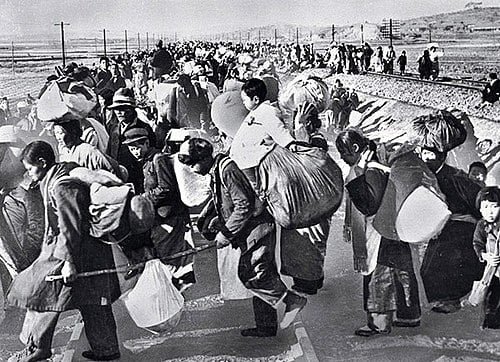

Ongoing Military Presence: The United States in Post-War Asia
The Armistice, which officially ended hostilities in July 1953, did not result in a formal peace treaty. This left the Korean Peninsula permanently divided, with the Demilitarized Zone (DMZ) functioning as a tense and heavily militarized border. The division between the two Koreas persists to this day, reflecting geopolitical complexities and historical tensions that endure.
Continued Diplomacy: The Role of South Korea in International Relations
After the conflict, the South embarked on a remarkable journey of reconstruction and economic development. Known as the “Miracle on the Han River,” this process transformed the war-devastated nation into a vibrant economic powerhouse. The implementation of innovative policies, investments in education and technology, as well as the determination of the South Korean people, were fundamental catalysts for this economic revival.
Over the years, South Korea has become a significant player in international relations, actively seeking diplomatic dialogue to resolve inter-Korean tensions. Despite persistent division, efforts to promote peace and stability in the region remain a priority, exemplifying the nation’s commitment to overcoming challenges left by the war.
Conclusion
The Korean War left a complex and multifaceted legacy in the history of South Korea. From a war-ravaged nation, a vibrant economic powerhouse emerged. This traumatic episode illustrates the resilience of the South Korean people and the importance of diplomacy in seeking regional stability. By analyzing past events, valuable insights can be gained to shape the future of the Korean Peninsula.








